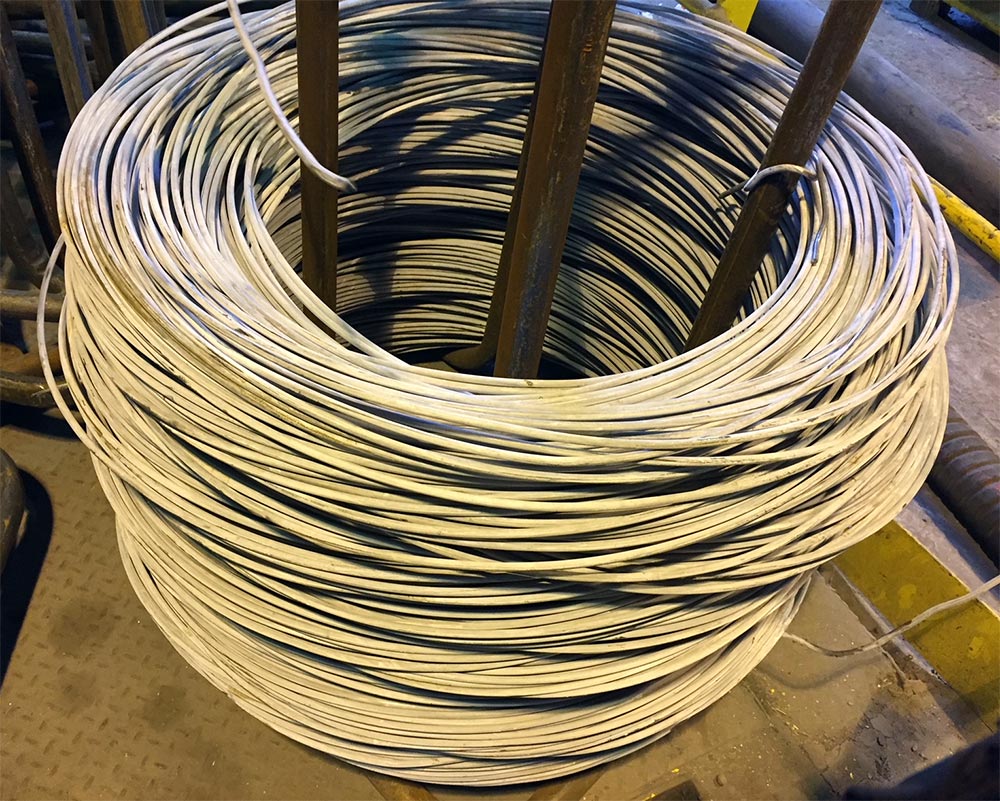CHQ Wire 101
Are you struggling to keep your cold heading quality high? Do you find that your wires are often inconsistent in terms of quality and accuracy? If so, CHQ wire may be the answer for you. CHQ wire is a type of wire that has been specifically designed to meet the needs of cold heading. It is made from high-quality materials, and it is designed to provide customers with accurate, consistent, and high-quality wires.
— What is CHQ wire?
Cold heading quality wire is a special type of electrical wire that's designed to handle colder temperatures. It's also known as CHQ wire, and it has several advantages over other types of wire when it comes to handling cold temperatures.
For one, CHQ wire is thicker than regular electrical wires, which means it can withstand higher levels of heat. That means it can be used in applications where regular electrical wires would not be able to handle the cold weather conditions.
CHQ wire is also more flexible than other types of wire, which makes it easier to bend and conform to different shapes. That makes it ideal for use in areas where regular electrical wiring wouldn't be able to fit.
In addition, CHQ wire is less likely to spark or create static electricity when it's exposed to cold weather conditions. That means it's less likely to cause problems with your equipment during the winter months.
— What are its benefits?

Cold heading is a process of manufacturing wire that has been treated with a cold-working finish. More Discussion Posted Here is applied to the wires after they have been drawn and cut, but before they have been heat-treated. Cold heading provides several benefits, including:
- It reduces friction between wires and parts. This results in improved performance and reliability.
- It increases the strength of the wire.
- It reduces the amount of heat required to Harden or Tempering (a process used to make steel harder).
— How is CHQ wire different from other wires?
Cold heading quality wire is a type of wire that's used for electrical wiring. It has a higher insulation resistance and lower conductivity than other types of wires, which makes it ideal for applications where heat or electricity is transmitted through the wire quickly.
CHQ wire is also known as "high-temperature" or "fast-action"wire. This wire is often used in applications where the temperature needs to stay below 125 degrees Fahrenheit (50 degrees Celsius).
CHQ wires are available in several colors, including black, blue, brown, green, orange, red, silver and yellow. They're also sold in various sizes and gauges.
— How do I choose the right CHQ wire for my application?
Cold heading quality wire is a type of wire that's used in electrical applications where high voltage and currents are present. The term "cold heading" refers to the manufacturing process of cutting the wire without heat, which allows the wires to be more flexible and less likely to crack or break.
There are a few factors you need to take into account when choosing cold heading quality wire:
- Voltage tolerance. Cold heading quality wires must be able to withstand a wide range of voltages, from low-voltage DC up to high-voltage AC.
- Current capacity. The higher the current capacity of your coldheading wire, the stronger it will be and the longer it will last.
- Temperature range. Wires that are designed for colder temperatures tend to be stronger and last longer than those designed for warmer temperatures.
Once you've determined these factors, you can start looking at specific types of cold headed quality wires available on the market:
- Carbon steel wires are typically used in applications where high voltage and currents are present but temperatures don't exceed 200 degrees Fahrenheit (93 degrees Celsius). They're also popular among hobbyists because they're affordable and easy to work with.
- Copper alloy wires are more expensive than carbon steel wires but offer greater current capacity and temperature resistance, making them ideal for applications where higher voltages or hotter temperatures may be encountered. They're also commonly used in power distribution networks because they have a long lifespan and resist corrosion well.
In this post, we’ve learned about CHQ wire and its benefits. We also discussed how to choose the right CHQ wire for your application and provided some tips on using CHQ wire in your design. So what are you waiting for? Start using CHQ wire today and see the difference for yourself!
UNDER MAINTENANCE